Bringing home a new puppy can be an exciting and rewarding experience, but it also comes with a lot of responsibility. One of the first challenges you will face is house training your furry friend.
Although it may seem scary initially, with patience and consistency, you can successfully teach your puppy to use the appropriate spot to relieve himself. To ensure your puppy becomes a well-behaved and housebroken family member, Here We’ll provide a comprehensive guide on how to house train your puppy, from setting up a designated potty area to reinforcing positive behavior.
You will learn to recognize when your puppy needs to go outside, the importance of crate training, and ways to prevent accidents. We’ll also cover common mistakes to avoid, such as punishment-based training, which can ultimately harm your puppy’s emotional well-being.
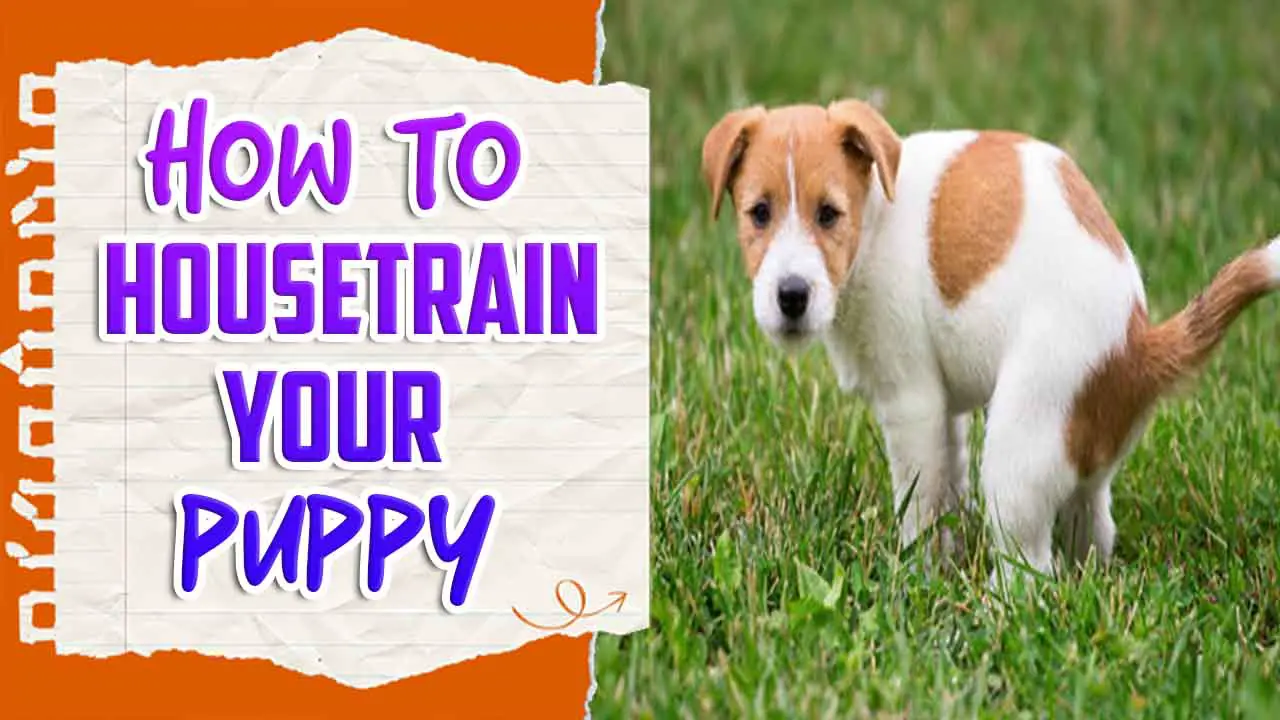
Effective Ways How To House Train Your Puppy
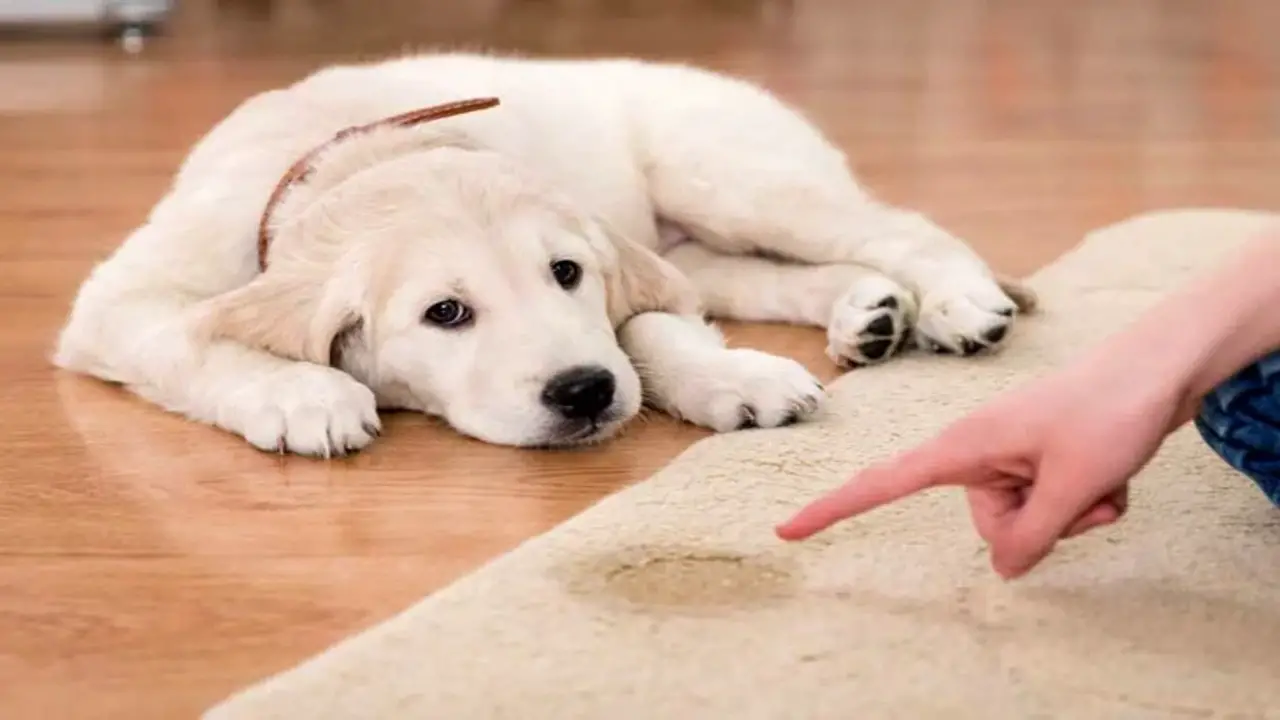
Establishing a routine for your puppy’s bathroom breaks is crucial in toilet training. Use positive reinforcement to reward your puppy when they use the designated potty area, as this helps reinforce desired behavior. Keep a close eye on your puppy and take them outside frequently, especially after meals or playtime.
Properly cleaning up accidents is key to preventing future accidents in the same spot. Patient and consistent training efforts are essential for successful house training. Consider crate training a valuable tool in creating a defined space for your puppy. Here to know details on How to House Train Your Puppy?
1.Establish A Potty Spot
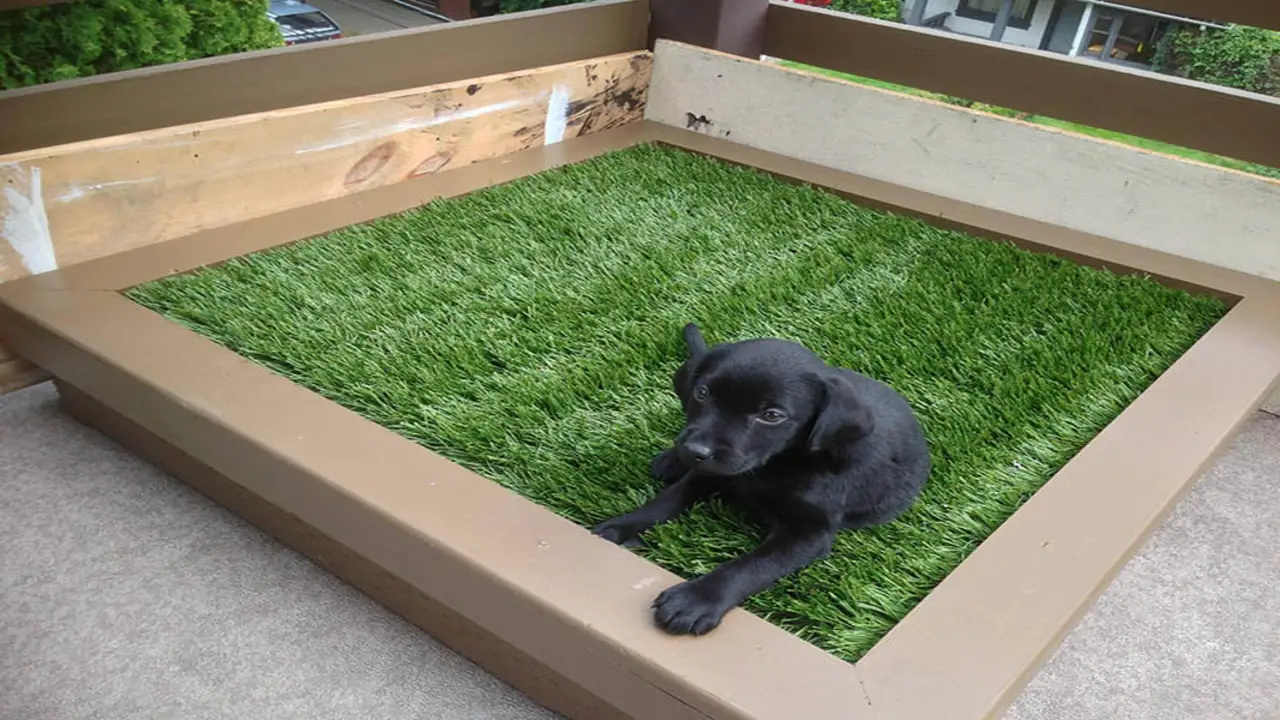
Establishing a potty spot is an important step in house training your puppy. By designating a specific area for your puppy to go to the bathroom, you can teach them where to relieve themselves. Choose an easily accessible spot outside, away from high-traffic areas, and preferably on grass or gravel.
Take your puppy to this spot consistently after meals, naps, playtime, and first thing in the morning or last thing at night. Use a verbal cue such as “go potty” or “do your business” to associate the action with the command.
Be patient and consistent with this process, rewarding your puppy with praise or treats when they successfully eliminate it in the designated area. With time and consistency, your puppy will learn to associate the potty spot with going to the bathroom and develop good habits for relieving themselves outdoors.
2.Supervise Your Puppy
Supervising your puppy is a critical part of house training. By keeping a close eye on your furry friend, you can anticipate when they need to go potty and quickly redirect them to the appropriate spot. This means being vigilant and not allowing them to roam freely around the house unsupervised.
Consider using baby gates or crate training to create a controlled environment where accidents are less likely. Consistency is key in house training, so be patient and proactive in supervising your puppy until they develop good bathroom habits.
3.Reward Good Behavior
Positive reinforcement plays a crucial role in house training your puppy. Rewarding your pup with treats or praise each time they successfully use the designated potty area is essential. Consistency is key to establishing good behavior and reinforcing desired habits.
During the training process, accidents may occur, so it’s important to be patient and understanding. Your puppy will quickly learn to associate good behavior with desirable outcomes by consistently providing rewards and positive reinforcement.
4.Be Consistent With Routines
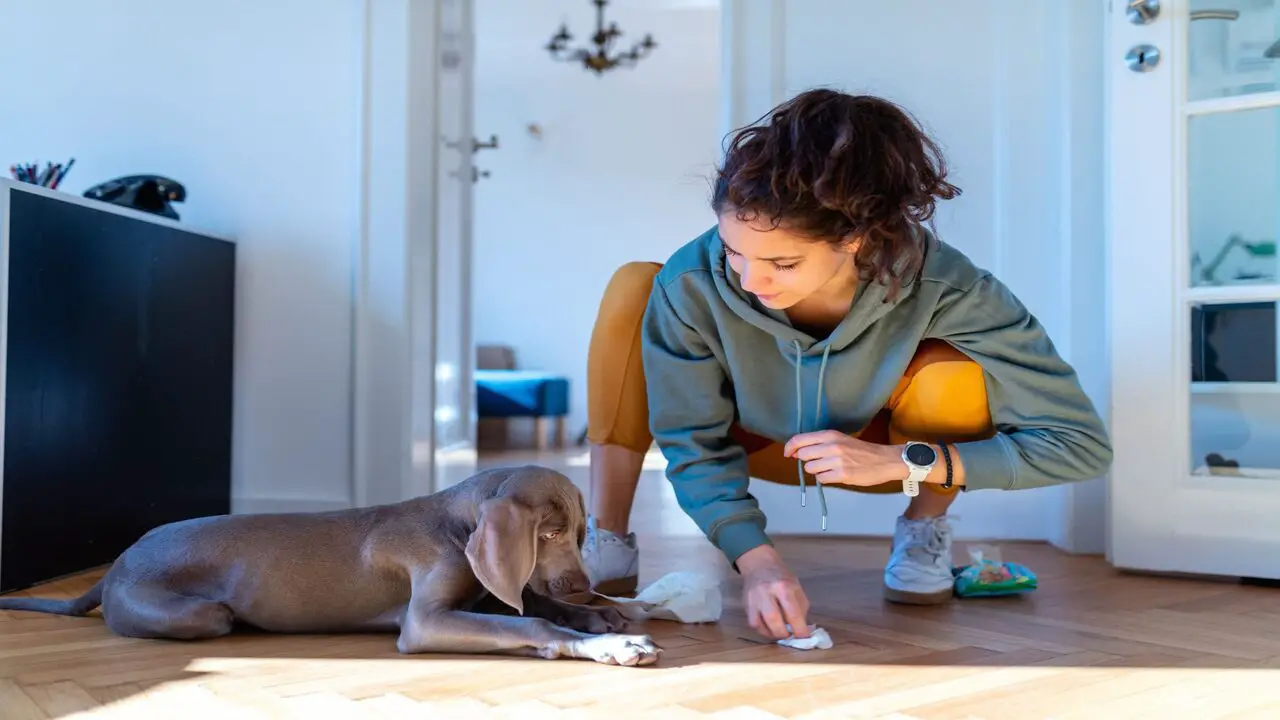
Consistency is key when it comes to house training your puppy. Establishing consistent routines helps create a predictable schedule for their potty training. Stick to a specific feeding schedule, as this will regulate when your puppy needs to go outside.
Designating specific potty spots in your yard or on walks is important, as this reinforces where your puppy should be eliminated. Additionally, use consistent verbal cues or commands to indicate when it’s time for your puppy to go potty. Finally, be consistent in your praise and rewards for successful potty breaks, as this encourages positive behavior.
5.Ignore Accidents
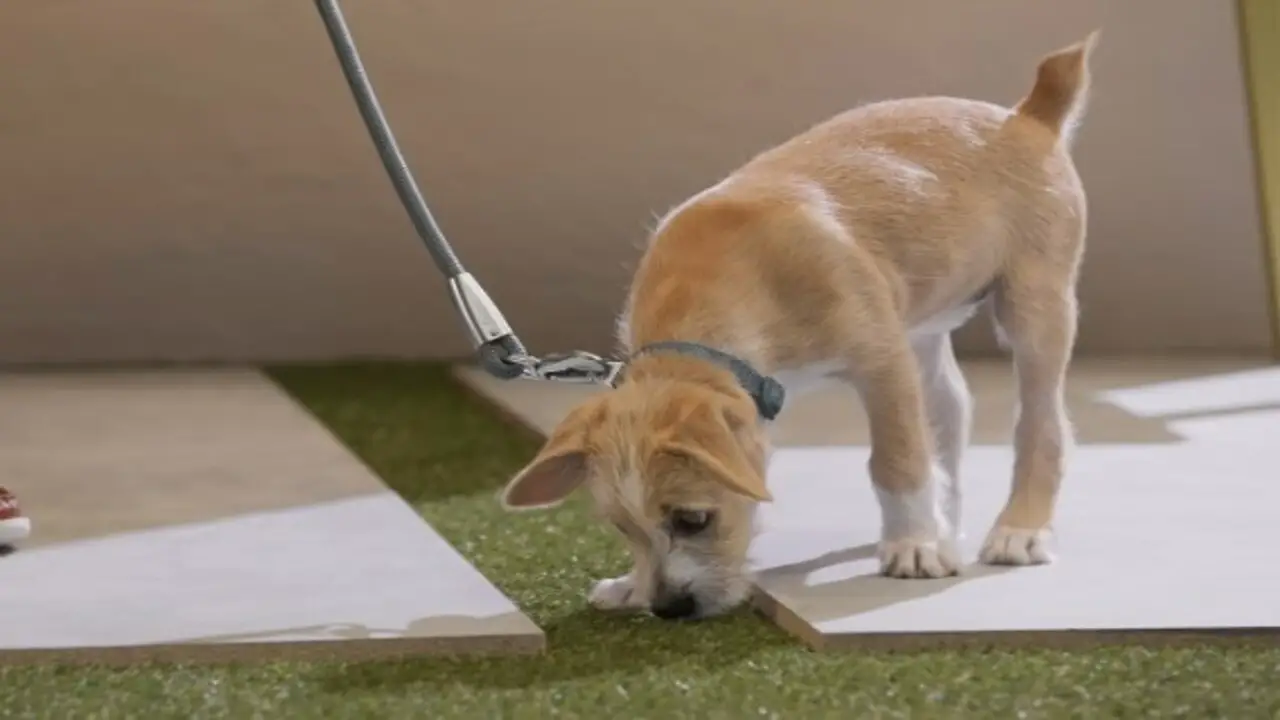
Ignoring accidents is an important part of a house training your puppy. It can be frustrating when your puppy has an accident in the house, but it’s important to remember that they are still learning and may not fully understand where they should go to the bathroom. Instead of getting angry or scolding your puppy for accidents, simply clean up the mess and move on.
Punishing or scolding your puppy can actually make the house training process more difficult, as it may create fear or anxiety around going to the bathroom. Instead, focus on positive reinforcement when your puppy goes outside or in their designated potty area. With consistency and patience, your puppy will learn where to go to the bathroom, and accidents will become less frequent.
Tips & Tricks For A Successful House Training Regimen
House training a puppy can be challenging, but you can set up a successful house training regimen with the right tips and tricks. Remember, patience is key when house training a puppy. It may take some time for them to grasp the concept fully, but with consistent training and positive reinforcement, they will eventually become reliable in their bathroom habits. Here are some helpful suggestions to get you started:
- Establish a routine: Puppies thrive on consistency, so establish a regular schedule for feeding, potty breaks, and playtime. This will help them understand when and where to go to the bathroom.
- Use positive reinforcement: Reward your puppy with treats and praise every time they eliminate in the designated potty area. This will reinforce the desired behavior and make them more likely to repeat it.
- Supervise closely: Keep a close eye on your puppy, especially during the early stages of house training. This will allow you to catch any accidents and redirect them to the appropriate spot.
- Set up a designated potty area: Choose a specific spot outside where you want your puppy to go potty. Take them to this spot consistently after meals, naps, or playtime, and give them plenty of time to eliminate.
- Clean accidents thoroughly: Accidents happen, especially during the early stages of house training. Make sure to clean up any messes promptly using an enzymatic cleaner that will eliminate odors and discourage your puppy from repeating the behavior in that area.
Common Mistakes To Avoid During House Training
House training a puppy can be challenging, but it’s important to avoid common mistakes that can hinder progress. One common mistake to avoid is punishing your puppy for accidents. It’s important to remember that accidents are a normal part of the learning process, and punishing your puppy can create fear and anxiety around potty training.
Instead, focus on positive reinforcement when your puppy enters the correct spot, such as offering praise or treats. Another mistake to avoid is not being consistent with the schedule. Establishing a regular feeding and bathroom breaks routine can help your puppy understand when and where they should go.
Additionally, it’s important to supervise your puppy closely during the house training process to prevent accidents and redirect them to the appropriate spot if needed. By avoiding these common mistakes and providing consistent guidance, you can effectively house-train your puppy and set them up for success in the long run.
Things To Keep In Mind While House Training A Puppy
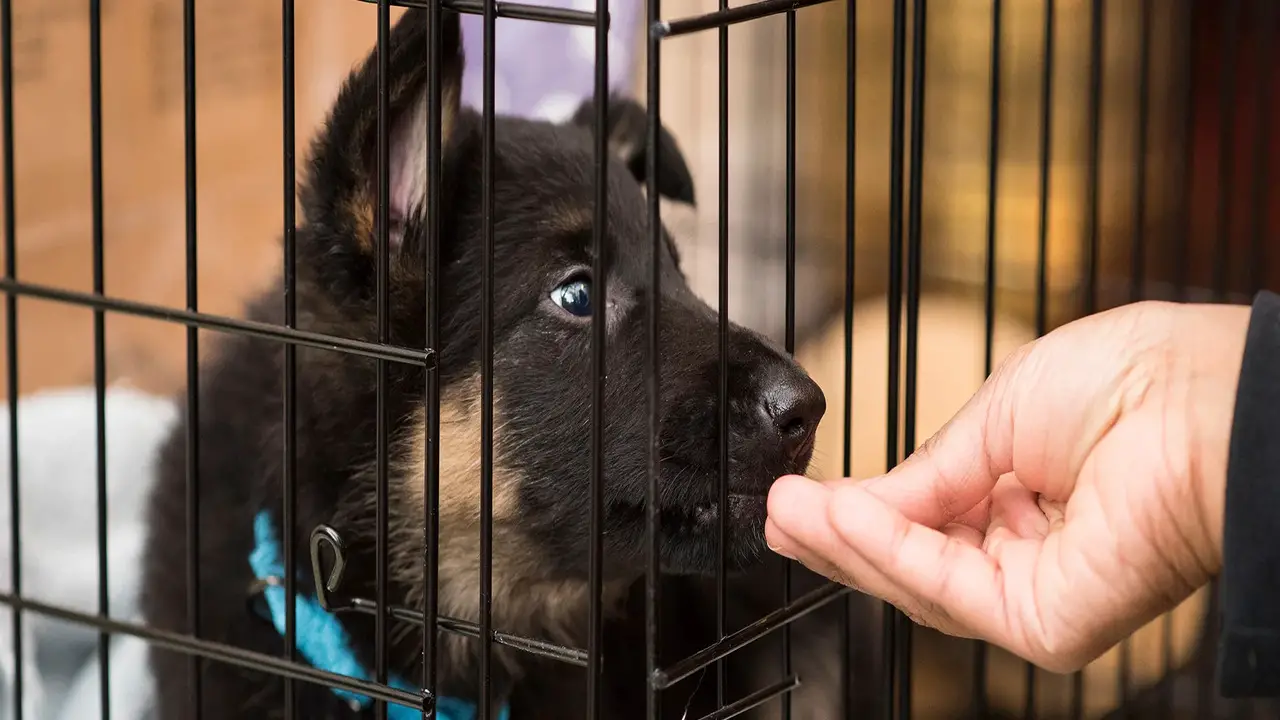
House training a puppy can be a challenging but rewarding process. There are several important things to keep in mind during this training period. Firstly, consistency is key. Establish a regular routine for your puppy’s feeding and bathroom breaks, and stick to it as closely as possible.
This will help them develop good habits and understand when and where they should go potty. Secondly, positive reinforcement is crucial. Whenever your puppy goes to the designated bathroom area, praise and reward them with treats or verbal praise. This will help reinforce the desired behavior and motivate them to use the appropriate spot.
Additionally, be patient and understanding with your puppy. Accidents are bound to happen during the learning process, so it’s important not to get frustrated or punish them. Instead, clean up accidents calmly and redirect their attention to the appropriate spot for future bathroom breaks. With time, consistency, and positive reinforcement, your puppy will learn where they should go potty and become fully house-trained.
Conclusion
House training your puppy is essential in their development and ensuring a harmonious living environment. You can establish good habits and prevent accidents indoors. Start by designating a specific potty spot outside and consistently taking your puppy there. Supervise them closely, rewarding good behavior and ignoring accidents. Develop a routine that includes regular feeding, walks, and potty breaks.
Be patient and consistent throughout the process, avoiding common mistakes such as punishment or inconsistency. Accidents may happen, but with time and effort, your puppy will learn to associate the potty spot with relieving themselves. Following these tips and tricks on how to House Train Your Puppy, you can successfully house-train your puppy and enjoy a clean and happy home together.
Frequently Asked Questions
[rank_math_rich_snippet id=”s-5b291a42-4861-41c8-87b9-352b87d6ade5″]